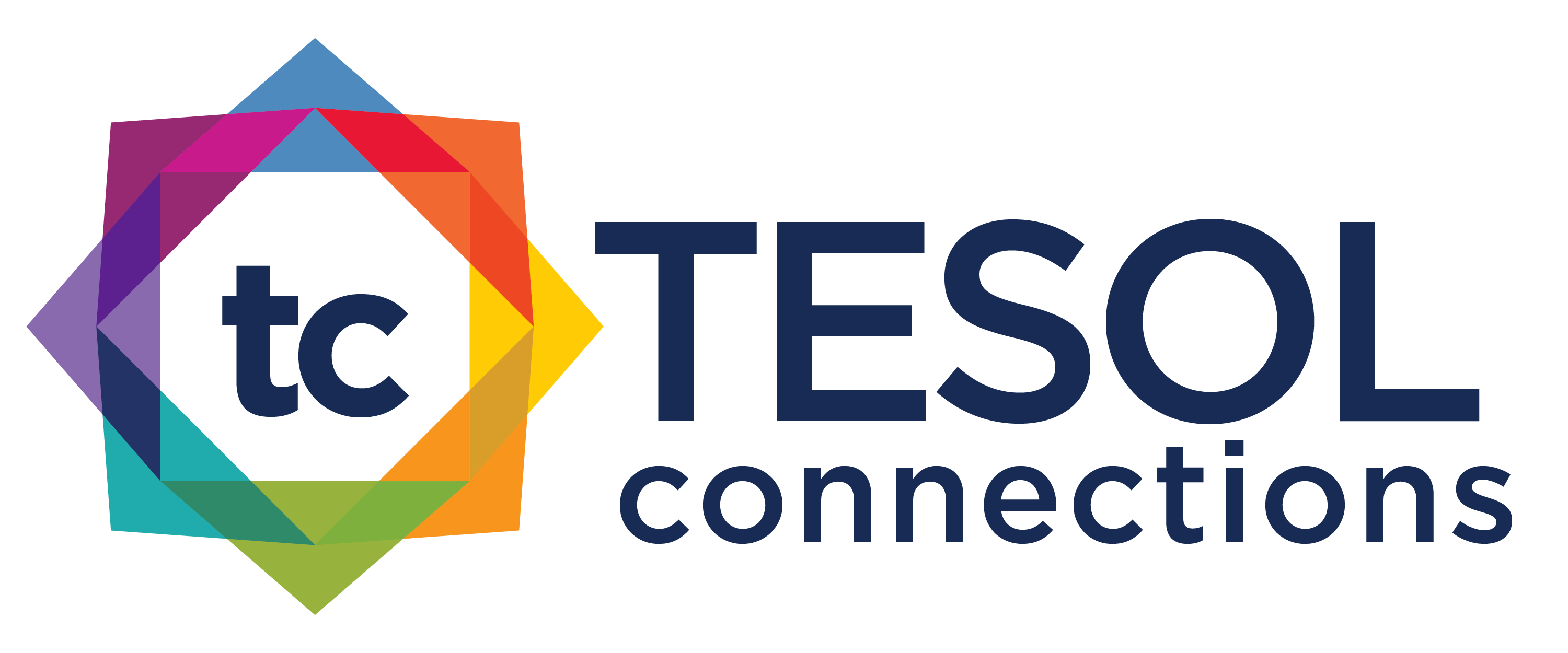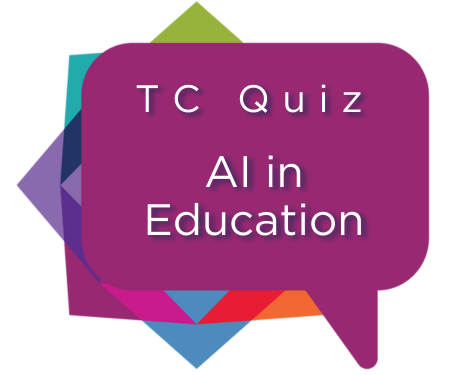KEEPING ENGLISH LANGUAGE PROFESSIONALS CONNECTED
Free TESOL Journal Article: "Learning English Through Manga (Japanese Comic Books)"
| This article was first published in TESOL Journal, September 2023. Subscribers can access issues here. Only TESOL members may subscribe. To become a member of TESOL, please click here, and to purchase articles, please visit Wiley-Blackwell. © TESOL International Association. |
The popularity of manga (Japanese comic books) continues to increase around the world. To a large extent, its success can be attributed to the widespread availability of anime (Japanese animation) via streaming services and social media. Reading manga has become a favorite pastime for young and old alike. According to Mark MacWilliams (2008), “Manga and anime are an increasingly important part of the global culture industry. These pop cultural exports, along with Japanese fashion, pop music, and TV dramas, are now avidly consumed not only throughout much of Asia, but also in Europe and North America” (p. 13). Occupying an important niche in popular culture, these brightly colored comics are prominently displayed in major bookstores such as Barnes & Noble—which also happens to sell a wide range of anime-related products. In view of their popularity, should instructors of English as a second or foreign language (ESL/EFL) harness their students' interest in manga in their classrooms? In other words, would the use of manga by instructors elicit greater participation from college students? To be sure, scholars such as Takako Yasuta (Yasuta & Blake, 2021) and Lara Promnitz-Hayashi (2016) have used manga in their EFL classrooms. However, this topic has received little scholarly attention and, therefore, remains largely unexplored.
At first glance, graphic novels may appear to have only entertainment value. Upon a closer examination, however, it becomes increasingly apparent that they can serve as invaluable learning tools. In the United States, instructors use graphic novels to teach a variety of subjects. For instance, many history professors use Art Spiegelman's Maus: A Survivor's Tale to teach about the Holocaust. Another popular graphic novel is Persepolis: The Story of a Childhood in which the author recounts her childhood during the Iranian Revolution. In a way, Maus and Persepolis encapsulate this field's possibilities for reimagining the study of history. As such, it is not without reason that many English departments in the US are offering courses on comics and graphic novels. In the words of James Bucky Carter (2007), “comics and graphic novels are experiencing a burgeoning Golden Age in education today” (p. 1).
In Japan, instructors can use an English-translated manga in their EFL courses. Kate Allen and John E. Ingulsrud (2003) conducted a survey on Japanese college students' reading habits. They note that “translations of manga could be used by Japanese teachers to illustrate different aspects of language use, including code switching and the use of registers” (p. 681). Significantly, their respondents “reported that the language of manga provided models for their own communication repertoire” (p. 681).
In view of the above, it is worth exploring the use of English-translated popular manga series in ESL/EFL classrooms. Stephen Krashen (2004) writes that “there is considerable evidence that comic books can and do lead to more ‘serious’ reading” (p. 97). Comics can have a positive effect on strengthening students' lexical resources as they communicate with their classmates. Stephen Cary (2004) notes that “comics are an ideal vehicle for word study” (p. 101). Christian Chun (2009) advocates “the use of graphic novels to aid language pedagogy and learning as one way of implementing a multiliteracies approach that deepens reading engagement” (p. 144). Chun also points out that graphic novels “can help explain how language works both for and against people and enable students to acquire and an appreciation for critical literacy” (p. 144). Furthermore, manga can help make difficult topics easy to understand (Murakami & Bryce, 2009).
All the preceding considerations lead to the following question: what manga series should students read? I suggest the manga version of the family-friendly animated film My Neighbor Totoro. Beloved around the world, the film was directed by Hayao Miyazaki and produced by Studio Ghibli in 1988. Its catchy theme song was composed by famous pianist Joe Hisaishi. In 2003, Miyazaki's film Spirited Away won the Academy Award for Best Animated Feature. In My Neighbor Totoro, set in rural Japan in the 1950s, two sisters, 10-year-old Satsuki and 4-year-old Mei, befriend a giant, a benevolent forest spirit. The four-volume manga series is published by VIZ Media and can be used for intermediate ESL/EFL learners.
Instructors can create a variety of activities based on this manga series. For example, they can provide their students with blank comic-book panels so that they can create their own dialogues and share them with their classmates. Personally, I like to ask my students to reflect on a specific character and write short diary entries from the character's point of view. They can write about the character's aspirations, hopes, and fears. In doing so, they can improve their reading and writing skills while engaging their imagination and creativity. By reading the diary entries of their classmates, students also explore different viewpoints. Also, throughout the semester, I provide my students with a list of high-frequency words and phrases so that they can incorporate them into their written assignments if they wish to do so. As they increase their vocabulary knowledge little by little, they become more confident in articulating the minutiae of their character's everyday life. Before students read My Neighbor Totoro, we discuss what manga is and some of the reasons behind the spectacular growth of manga fandom across the globe.
Japanese comics have never before occupied such a prominent place in popular culture as they do today. However, the significance of this appears to have eluded many scholars. These comic books can certainly open up new avenues for rethinking ESL/EFL instruction. As scholars expand the purview of literary studies to include manga, it is hoped that these comics will enjoy sustained critical attention as other graphic novels currently being used in many university classrooms. The strength of manga lies in its literary and aesthetic expression, among other things. What emerges is a potential for broader readings of these comics that provides different tools to help acquire another language.
Download the full article with references for free (PDF).
This is an open access article under the terms of the Creative Commons Attribution License, which permits use, distribution and reproduction in any medium, provided the original work is properly cited.
This article first appeared in TESOL Journal, September 2023, e764.
Also In This Issue
‣ Literacy Essentials for K–3 Multilingual Learners
‣ Spotlight on the 2024 TESOL Teacher of the Year: Luis Javier Pentón Herrera
‣ TESOL Turkmenistan Conference Highlights Pedagogical and Digital Innovations
‣ PD Corner: AI Ethics: Empowering Educators to Foster Responsible Use
Recent TESOL Blogs
‣ 5 Ways to Supercharge Your TESOL 2024 Experience
‣ 30% Happier: The Joys of Biophilia for TESOL Teachers and Their Students
‣ 3 Ways to Use AI for Listening Activities


About the author
Song (Joseph) Cho
Song (Joseph) Cho is an associate professor of interdisciplinary studies at Liberty University in Lynchburg, Virginia. His research interests include biblical allusions in literature, evangelism, Korean pop culture (e.g., K-Dramas), and Japanese manga/anime. He has published in various academic journals, including Persuasions: The Jane Austen Journal and Hardy Society Journal.